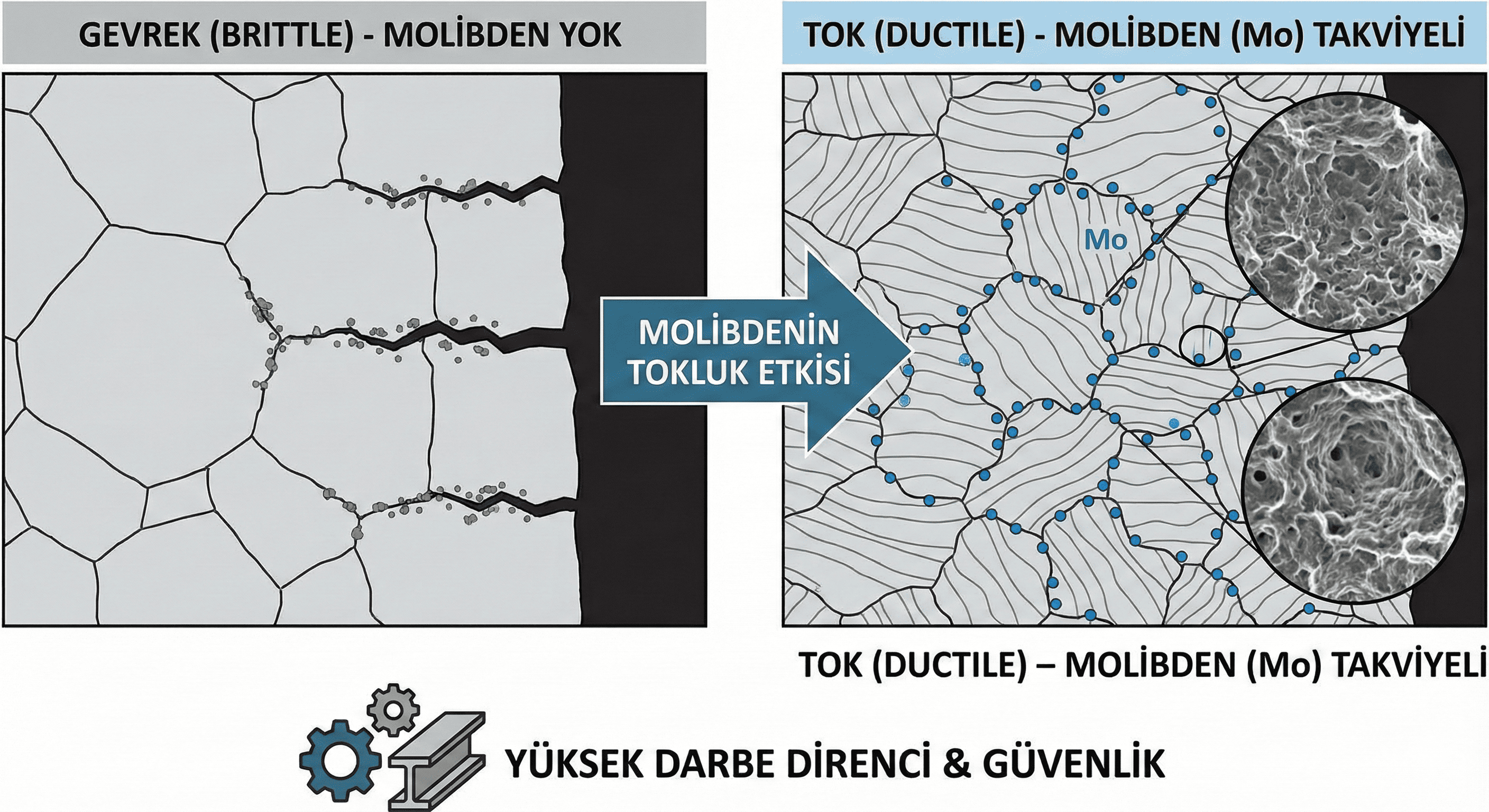Lanthanum oxide (La²O³) nanoparticles exhibit unique properties that make them valuable in a wide range of applications from electronics to catalysis. This article provides a comprehensive review of the synthesis methods, structural and functional properties, and diverse applications of La²O³ nanoparticles. The challenges associated with their production and use are discussed, and potential future research directions are outlined.
1. Introduction
1.1. Overview of Lanthanum Oxide Nanoparticles
- Definition and general characteristics of lanthanum oxide nanoparticles.
- Importance of La²O³ in materials science and technology.
1.2. Significance in Nanotechnology
- Unique properties of La²O³ nanoparticles compared to bulk La²O³.
- Overview of potential applications driven by these properties.
1.3. Objectives of the Article
- To explore the synthesis methods, properties, and applications of La²O³ nanoparticles.
- To identify challenges and propose future research directions.
2. Synthesis of Lanthanum Oxide Nanoparticles
2.1. Chemical Precipitation
- Description of the chemical precipitation method for synthesizing La²O³ nanoparticles.
- Key parameters: precursor concentration, pH, and temperature.
2.2. Sol-Gel Method
- Overview of the sol-gel technique for preparing La²O³ nanoparticles.
- Steps involved: sol formation, gelation, drying, and calcination.
2.3. Hydrothermal and Solvothermal Methods
- Explanation of hydrothermal and solvothermal synthesis.
- Effects of pressure, temperature, and solvents on particle size and morphology.
2.4. Co-Precipitation Method
- Use of co-precipitation to produce La²O³ nanoparticles.
- Factors affecting the process, such as concentration and temperature.
2.5. Other Methods
- Brief discussion of alternative methods such as microwave-assisted synthesis and thermal decomposition.
3. Properties of Lanthanum Oxide Nanoparticles
3.1. Structural Properties
- Crystallinity, particle size, and morphology of La²O³ nanoparticles.
- Characterization techniques: X-ray diffraction (XRD), scanning electron microscopy (SEM), and transmission electron microscopy (TEM).
3.2. Optical Properties
- Optical absorption, photoluminescence, and emission characteristics.
- Applications in optical devices and sensors.
3.3. Electrical Properties
- Electrical conductivity and semiconducting behavior.
- Comparison with bulk La²O³ and implications for electronic applications.
3.4. Thermal Properties
- Thermal stability and behavior under various temperatures.
- Applications in high-temperature environments.
4. Applications of Lanthanum Oxide Nanoparticles
4.1. Electronics and Semiconductors
- Application in dielectric materials, thin-film transistors, and capacitors.
- Role in improving device performance due to high dielectric constant and stability.
4.2. Optoelectronics
- Use in light-emitting devices (LEDs) and phosphors.
- Application in optical coatings and smart windows.
4.3. Catalysis
- Catalytic properties of La²O³ nanoparticles in various reactions.
- Use in environmental catalysis, including automotive and industrial applications.
4.4. Energy Storage and Conversion
- Potential use in energy storage systems, such as batteries and supercapacitors.
- Role in energy conversion technologies, including fuel cells.
4.5. Biomedical Applications
- Potential use in imaging, drug delivery systems, and biosensing.
- Evaluation of biocompatibility and safety.
5. Challenges and Limitations
5.1. Synthesis Challenges
- Difficulties in achieving uniform particle size and high purity.
- Scalability and reproducibility of synthesis methods.
5.2. Stability and Reactivity
- Stability of La²O³ nanoparticles under various environmental conditions.
- Methods for enhancing stability and controlling surface reactivity.
5.3. Cost and Environmental Impact
- Economic considerations of production and use.
- Environmental impact and strategies for minimizing ecological footprint.
5.4. Regulatory and Safety Concerns
- Compliance with regulations governing the use of nanomaterials.
- Safety protocols for handling and disposal of nanoparticles.
6. Future Directions
6.1. Advancements in Synthesis Techniques
- Innovations to improve control over particle size, morphology, and properties.
- Exploration of new synthesis methods and materials.
6.2. Emerging Applications
- Novel applications in technology, medicine, and energy.
- Potential for interdisciplinary research and development.
6.3. Interdisciplinary Collaboration
- Importance of collaboration between chemists, materials scientists, and engineers.
- Examples of successful interdisciplinary projects and research.
7. Conclusion
7.1. Summary of Key Findings
- Recap of synthesis methods, properties, and applications of La²O³ nanoparticles.
7.2. Impact on Technology and Science
- Overall significance of lanthanum oxide nanoparticles in advancing various fields.
7.3. Final Thoughts
- Reflection on the future potential and ongoing research in La²O³ nanoparticles.
8. References
- Comprehensive list of scientific papers, reviews, and sources cited in the article.
This framework provides a thorough overview of lanthanum oxide nanoparticles. If you need specific details, case studies, or additional sections, please let me know!





